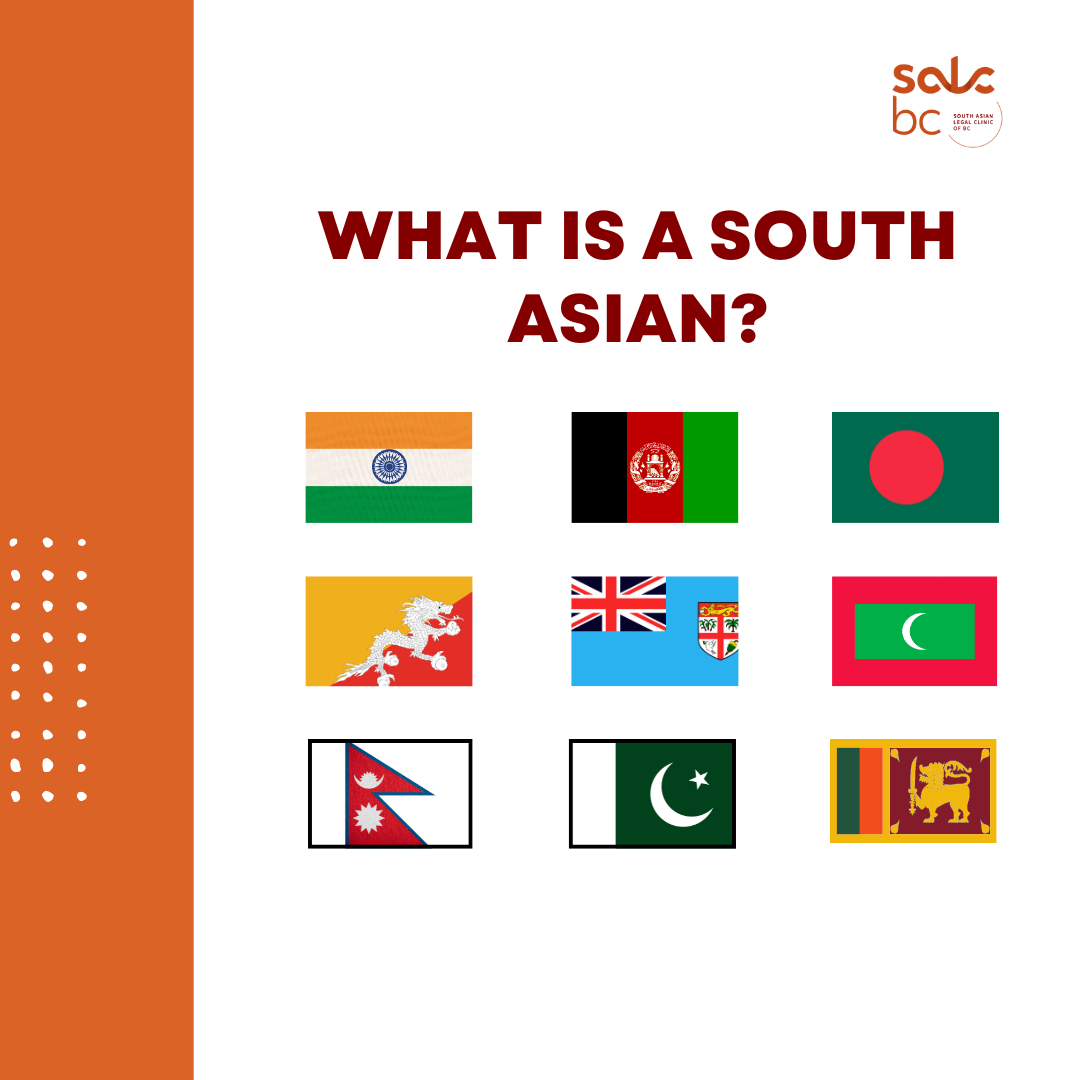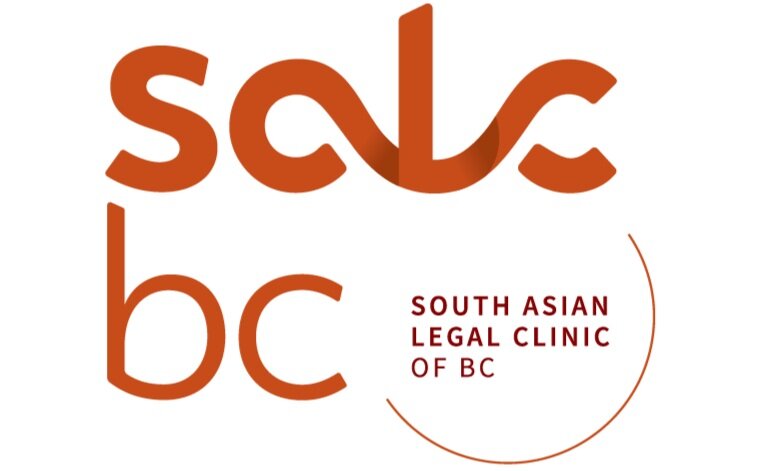What is a South Asian?





A person with cultural roots within the geography of South Asia.
Definition
The term ‘South Asian’ is used to identify a person with cultural roots from the southern sub- region of Asia – including the following countries: Afghanistan, Bangladesh, Bhutan, Fiji, India, Maldives, Nepal, Pakistan, and Sri Lanka (South Asian Concern, 2022). It includes the following languages: Hindi, Bengali, Tamil, Telugu, Urdu, Punjabi, and more, as well as the following religions: Hinduism, Islam, Buddhism, Sikhism, Christianity, and more (South Asian Concern, 2022). This term includes Caribbean Indians and can include Middle Eastern people, as well as Indians born abroad, such as in countries like Canada, United States, Australia, the United Kingdom, and more. Today, the population of South Asians in the world is up to 1.75 billion (South Asian Concern, 2022), and it continues to rise.
History
The history of South Asia began with evidence of human activity as far back as 75,000 years ago or with earlier hominids that date from about 500,000 years ago (Bongard-Levin, 1979), while the South Asian community in British Columbia specifically was first established in 1897 (Walton-Roberts, 1998). The term ‘South Asian’ first began to be used in the 1820s in the writing of Charles Bucke, however, there is no exact date that has been noted (Oxford English Dictionary, 2024). Then later, during the reign of the British empire, there was a growing number of South Asians leaving for abroad in the 19th and 20th centuries, which led to a further spread of the term (McDonald, 2011).
Debate
Despite the common use of the term ‘South Asian’ – there remains a continuous debate on whether this is the best and most accurate term to be used (Johnson, 2023). Though it may not be, it is the term that this organization will continue to use as it encompasses the different countries and cultural backgrounds of the clients we represent.
One side of the argument is that the term is colonial – our ancestors did not all grow up to this term, but it was adapted over time. Our ancestors grew up being recognized by which nation they belonged too. Therefore, the term may be geographically accurate but fails to recognize the national and cultural differences individuals celebrate. For instance, Bhutan and Nepal fall within South Asia but vary tremendously in their political and cultural practices in comparison to India (Iwanek, 2021). As a result, what the term appears to do is it undermines the minority cultures in the region and reduces them to a generic label under some of the larger nations and cultures.
The other side of the argument is that the term encourages neutrality and unites people of similar backgrounds (Venkatraman, 2021). The inclusivity of the term ‘South Asian’ glorifies shared history and allows broader representation of the minority cultures so they are not forgotten. Moreover, the term builds empowerment as it allows individuals to label themselves, rather than having to accept the labels put onto them.
At the South Asian Legal Clinic of British Columbia (SALCBC), we do use this term, but it is a term that we understand is evolving and open. For patrons that self-identify as South Asians, this includes people from all the following places and more: Afghanistan, Bangladesh, Bhutan, Fiji, India, Maldives, Nepal, Pakistan, and Sri Lanka.
Memo created by Harsuman Benipal, SALCBC Summer Law Student under supervision of Meena Dhillon, SALCBC Managing Lawyer. Date created: June 2024.
